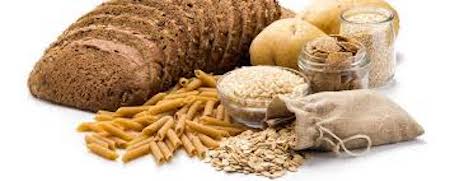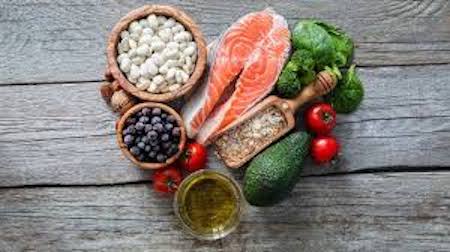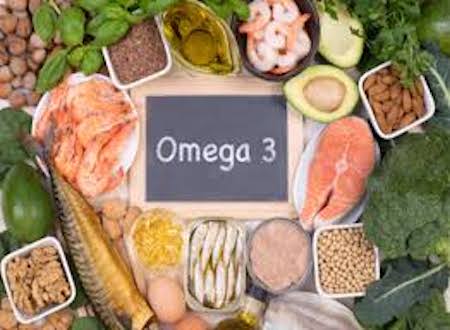
It’s February, Heart Month and the focus here at MRG is on all things “heart-y”! Today our special guest, Catherine Kruppa, Nutritionist and overall Health Coach to so many of us, at her Advice For Eating,(which just celebrated it’s 10th year in the business that Catherine began after many years at The Houstonian. She is focus on heart-healthy eating…..listen closely for some awesome tips for all of us!
Cardiovascular disease and related conditions, including stroke and heart attacks, is the leading cause of death in America. Regular exercise and a healthy diet are two of the most effective things you can do to reduce your risk of cardiovascular disease. Adding these foods to your diet, which contain key nutrients, can keep your heart beating strong.
Instead of focusing on the foods you need to eliminate from your diet to improve your heart health, February is a great month to start adding some of these foods into your daily regime to help your ticker stay healthy.

Consume a minimum of 3 servings of whole grains per day. This includes 100% whole wheat bread, brown rice, whole wheat pasta, cereals with 5 grams of fiber or more and oatmeal to increase your fiber intake. Fiber binds to cholesterol and takes it out of the body. Columbia University researchers discovered that LDL levels dropped more than 5 percent for those who added three grams of soluble fiber to their diet for six weeks. Aim for 25-30 grams of fiber daily. Most Americans get about half of that amount. Other sources of both soluble and insoluble fiber include beans, fruits and vegetables.

Eat 3 servings of fish per week. Fatty fish like salmon, trout and mackerel are some of the best sources of omega-3 fatty acids. Omega 3’s not only reduce LDL (bad) cholesterol, but they have also been shown to increase HDL (good) cholesterol. They keep arteries flexible, help regulate blood pressure and reduce triglycerides. On top of all of the heart healthy benefits you will find that omega 3’s fight inflammation, including joint pain and can increase oxygen delivery during exercise. Fish is the most potent source but walnuts, flaxseeds, and canola oil are other good options.

Make your fats healthy. Pass on the artery clogging saturated fat in fatty meats, poultry skin, and whole fat dairy products and increase your intake of healthy fat such as avocados, almonds and olive oil. Studies show that when monounsaturated fat replaces saturated fat, it increases levels of HDL (good) cholesterol, which sweeps the LDL (bad) cholesterol out of your body. Aim for 30% of your diet or less coming from fat. Other sources of monounsaturated fat include all nuts, pumpkin and sunflower seeds, and olives.

Red wine in moderation. More than 100 studies have shown there is an inverse relationship between drinking moderately and heart attack, stroke, and other cardiovascular disease thus reducing heart disease risk by 24-40 percent. Many studies have found that alcohol helps prevent artery damage caused by LDL (bad) cholesterol, inhibits blood clots, and raises HDL (good) cholesterol levels. It also contains many antioxidants. One antioxidant, resveratrol, appears to stop the arteries from getting blocked by fatty deposits. Moderation is key. That is one drink (3 ½ ounces) per day for women and one to two drinks per day for men.

Dark chocolate. Chocolate contains antioxidants known as flavonoids. Antioxidants protect our cells, but flavonoids may also play a role in reducing inflammation and aid in preventing cardiovascular disease. Look for dark chocolate that is at least 60 percent cocoa. The higher the percentage, the more flavonoids. The recommended “dose” is approximately 1 to 2 ounces or 30-60 grams. Indulge in anything more than that, and you may be consuming too many calories. Some of our favorites are: Lindt Excellence 70% dark chocolate, Hu Simple Dark Chocolate, Raaka Unroasted Dark Chocolate (100 percent).
